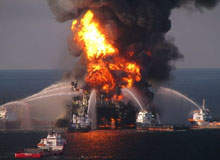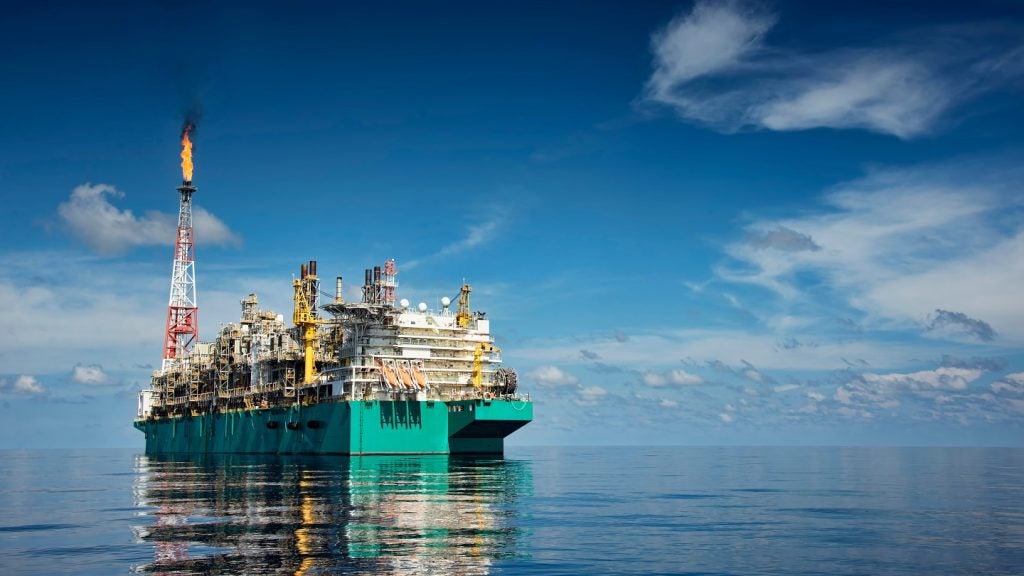
Geographic location, economic importance and the exigencies of politics conspire to make offshore assets vulnerable, and these same factors remain complicit in compounding the difficulties inherent in protecting them. Moreover, the essentially hybrid nature of such installations means they retain most of the effective security downsides of both vessel and shore facilities, with few of the in-built threat avoidance advantages implicit in being either.
With energy production assets being tempting targets for widely disparate groups – criminal gangs and general malcontents as well as terrorists and insurgents – the job of protecting oil and gas assets against such incongruently motivated threats is a serious challenge.
Six years ago, Justin Blum writing in the Washington Post warned that in many parts of the world attacks on oil and gas installations provide a very effective means to “disrupt jittery energy markets, destabilise governments and scare off foreign workers”.
More recently, the spectre of al-Qaeda’s ‘maritime spectacular’ – an attack on a platform in the open sea – has repeatedly risen in the minds of the intelligence community and many believe that these assets will inevitably form a major focus of terrorist activity in the future.
Offshore naval protection
Unsurprisingly, navies have been keeping a careful watch on the developing potential threat and for many of them, the nature of their mandated response has begun to shift.
How well do you really know your competitors?
Access the most comprehensive Company Profiles on the market, powered by GlobalData. Save hours of research. Gain competitive edge.

Thank you!
Your download email will arrive shortly
Not ready to buy yet? Download a free sample
We are confident about the unique quality of our Company Profiles. However, we want you to make the most beneficial decision for your business, so we offer a free sample that you can download by submitting the below form
By GlobalDataOffshore platforms increasingly enjoy elevated physical protection in recognition of their status in the framework of critical infrastructure, while a growing trend sees responsibility for offshore counter-terrorism moving away from the civil authorities and towards defence forces.
International cooperation has also vastly extended the effectiveness of protection, with joint operations involving a coalition of US, European and Asian forces bringing enhanced maritime security to key areas.
The changes are not simply confined to issues of priority or accountability: naval hardware is also developing to meet the new dangers. Innovative technologies and systems including wide-area sensing and secure communications, coupled with the latest generation of agile littoral combat vessels, provide an unparalleled first response to the potentially fast-evolving offshore threat.
As Jamie Shea, director of policy planning at NATO’s Private Office of the Secretary General, has previously made clear, there is natural common ground to be explored between navies and energy companies. Nevertheless, October 2000’s attack on the USS Cole in Aden harbour stands as a brutal reminder of the difficulties in enforcing a physical exclusion barrier outside of conventional war, no matter how well-armed a vessel, or proficient its crew.
Neither, as the storming in 2006 of Shell’s Benisede platform in the Niger Delta showed, does stationing soldiers aboard guarantee security. Several of them died in the assault, which also injured a number of workers and left parts of the facility damaged. Protecting assets, lives and infrastructure from a deliberate asymmetric attack can never rely on military capability alone.
Integrating physical security
Security is an essentially comprehensive concept, requiring integrated systems to detect, deter and deny threats. Given the nature of the offshore industry, with installations often located in physically remote areas and at some distance from assistance, this predicates the ability to discern a developing problem at the earliest possible opportunity.
It is far easier to dissuade intruders from boarding a platform in the first place than it is to evict them once they have. Making an enhanced culture of security and conspicuous, active deterrence measures commonplace and effective first lines of defence. Increasingly, electronic security systems are playing a more central part in this as the primary emphasis shifts away from night-time deck patrols and spotlights, particularly on larger facilities.
The same wide-area sensing that characterises the advances made by naval forces in mitigating the threat has been mirrored by systems designed for oil and gas installations and a range of technologies have been developed to provide platform protection. With the greatest vulnerability occurring at night, extending the detection envelop after the hours of darkness has been a particular goal and a range of technologies have been brought to bear on providing a workable and cost-effective solution.
For example, infra-red illumination and thermal imaging overcome the inherent difficulties of video-capture in low light, while the latest developments in radar technology – and especially in the field of radar video surveillance (RVS) – have given offshore platforms a considerably longer detection reach. Operating within predefined extended boundaries, these systems can detect and notify personnel of vessel movements in the vicinity, escalating the response once an inner area of interest (AOI) has been breached.
Intelligent video systems have also made their way offshore, with the latest generations of analytical software classifying potential threats, helping crew make more informed decisions much faster. The problem of finally discerning the truly innocent approach from covert intrusion remains a human one, of course, but the early awareness helps reduce the likelihood of mistaken intent on either side.
Securing networks offshore
Asset security largely demands a layered approach and the likes of grids, sensors and access control systems have, accordingly, proven popular within the industry to address those times when detection, surveillance and deterrence have failed.
The need to reconcile the information from these different sources has seen the development of maritime security applications capable of seamlessly integrating component radar, CCTV, detection and control subsystems to provide a concise situational awareness overview.
Managing and monitoring such deployed security technologies on a 24 / 7 basis makes its own demands and consequently, now more than ever, platform networks need adequate and robust security themselves.
Moreover, process control networks (PCN) also present a possible weakness, susceptible to intentional attack, accident or oversight.
While noting that much has been done to protect oil and gas companies’ corporate IT networks, Symantec points out that “these best practices cannot be automatically applied to PCNs because of the unique security and availability issues associated with oil and gas PCNs”.
In the wider context of offshore asset protection this is another gap that they and others are working to close. Like any other chain, security is only as strong as its weakest link.




